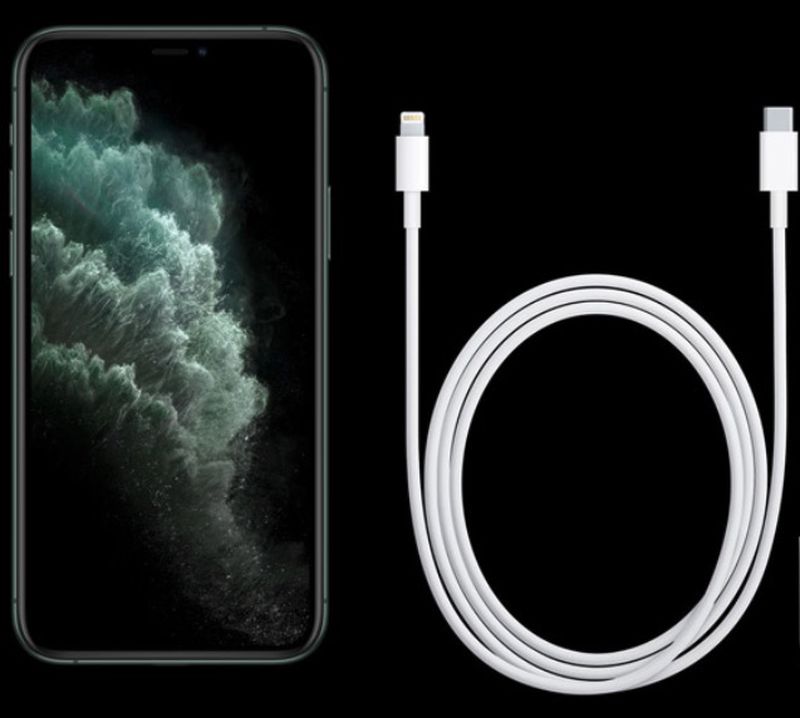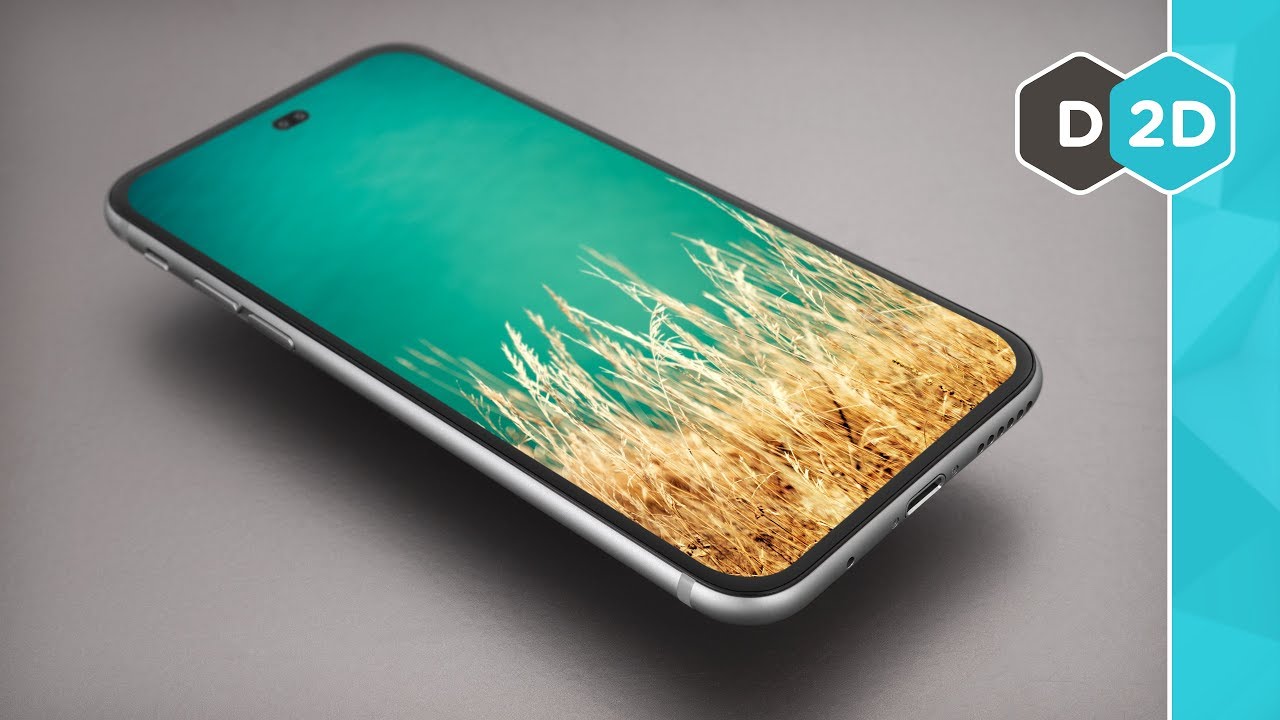
What Exactly is the EU Calling For?
To reduce cost, electronic waste and make consumers’ lives easier, Members of the European Parliament (MEPs) want “binding measures” that ensure chargers fit all smartphones, tablets, and other portable devices.
According to a 2019 impact assessment study on common chargers of portable devices conducted by the EU, almost a fifth of people surveyed reported having faced “significant issues” because of non-standard chargers. Such issues included incompatible chargers between devices, variable charging speeds between different chargers, and having to have several chargers available to cover all needs.
In addition, the EU claims that by agreeing on a common charger standard, it will put an end to charger clutter and 51,000 tons of electronic waste annually.
The recent 582-40 parliamentary vote in favor of a common charging standard came about because the European Commission’s previous approach of merely “encouraging” tech companies to develop a standardized solution “fell short of the co-legislators’ objectives,” according to a briefing on the European Parliament website.

How Did the EC’s Earlier Approach Play Out?
The European Commission’s efforts to establish a common charging standard for smartphones span more than a decade. In 2009, the EC estimated that 500 million mobile phones were in use in all EU countries. It found that the chargers used often varied according to the manufacturer and model, and that more than 30 different types of chargers were on the market.
In a bid to harmonize standards, the EC negotiated a 2009 Memorandum of Understanding that was signed by 14 tech companies including Apple, Samsung, Nokia, and other prominent smartphone manufacturers.
According to the MoU, phone makers agreed to adopt a micro-USB connector standard for smartphone chargers in the European Union that would allow full charging compatibility with mobile phones to be placed on the market.
The plan was for new phones to be sold with micro-USB chargers for a period of time, after which phones and chargers would be sold separately in order to allow customers who already owned chargers to continue using their existing ones.
There was considerable speculation about whether Apple would be able to meet the requirements of the micro-USB standard. At the time, Apple used a proprietary 30-pin dock connector compatible with both the iPhone, iPad, and iPod touch.
However, the wording of the MoU offered Apple a loophole: For those phones that did not have a USB micro-B interface, an adapter was allowed under the agreed terms. And that’s exactly what Apple did. In 2012, Apple introduced the iPhone 5 with…
https://www.macrumors.com/guide/eu-charging-standard-proposals-and-apple/















